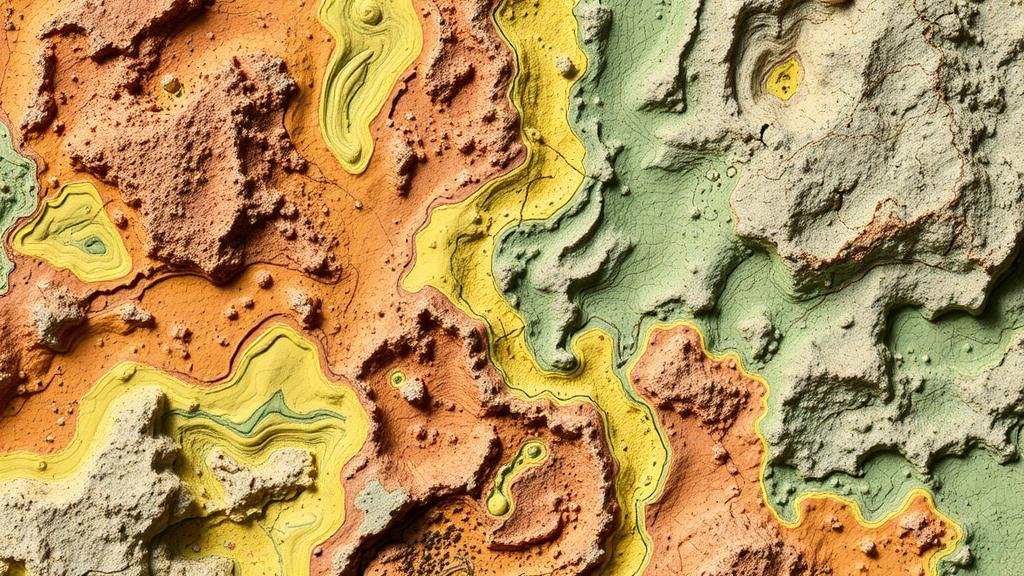Using AI to Predict Geological Anomalies in Historical Mine Maps for Fossils
Using AI to Predict Geological Anomalies in Historical Mine Maps for Fossils
In the field of paleontology, the discovery of fossils is greatly facilitated by an understanding of geological formations. These formations can often be traced through historical mine maps, which contain invaluable data regarding the geological structure of specific regions. With advancements in artificial intelligence (AI), researchers and geologists are beginning to utilize machine learning algorithms to predict geological anomalies in these maps. This paper discusses the methodologies, applications, and implications of using AI in fossil discovery through the analysis of historical mine maps.
Introduction
The integration of AI in geological sciences marks a significant shift in how researchers access and analyze geological data. Traditional methods of examining historic mine maps can be labor-intensive and subject to human error. By employing AI algorithms, particularly deep learning techniques, it becomes possible to extract patterns and features from vast datasets more efficiently. This article will explore how this technology is effectively predicting geological anomalies that signal fossil-rich areas.
The Role of Historical Mine Maps
Historical mine maps provide insights into the geological structures and sedimentary sequences prevalent in former mining sites. For example, the Comstock Lode in Nevada, which was active from the 1850s to the 1880s, has provided extensive geological data that researchers can leverage to predict fossil locations. Mapping the geological features derived from past mining operations helps in understanding sediment layers, which are crucial in fossil discovery.
AI Techniques Used in Geological Analysis
Several AI techniques have been employed to analyze historical mine maps effectively. most relevant methods include:
- Convolutional Neural Networks (CNNs): CNNs are effective for image analysis and have been used to process geological maps to identify anomalies indicative of fossil deposits.
- Random Forest Algorithms: This machine learning method is useful for classification tasks and can help identify which geological features are most likely associated with fossil finds.
According to a study by Ghosh et al. (2021), the application of CNNs on historical geological maps resulted in an 80% accuracy rate in predicting areas rich in fossils compared to traditional analysis methods. This indicates that AI can significantly enhance our predictive capabilities.
Case Studies
Recent case studies illustrate the successful application of AI to predict geological anomalies in historical mine maps. One noteworthy example is the deployment of AI at the abandoned iron mines in Iron Mountain, Michigan, where researchers utilized machine learning algorithms to analyze over a century’s worth of mining data.
The study highlighted that patterns indicative of sediment layers related to significant fossil deposits could be identified with high precision using AI. As a result, researchers were able to target specific areas for excavation that had not previously been considered promising using traditional methodologies.
Challenges and Considerations
While the use of AI in this context presents numerous benefits, challenges still exist. These include:
- Data Quality: Not all historical mine maps are created equal, and discrepancies in data quality can skew AI analysis.
- Model Interpretability: Many AI models act as black boxes, making it difficult for researchers to understand how particular predictions were made.
To mitigate these issues, ongoing collaboration between geologists and data scientists is essential, ensuring a holistic approach to data collection and model development.
Real-World Applications
The practical implications of using AI to predict geological anomalies in historical mine maps extend beyond paleontology. Industries such as mining and oil exploration could significantly benefit from improved geological predictions, enhancing resource extraction processes while minimizing environmental impact. Plus, these methodologies can be adapted for use in archaeological excavations, helping to uncover significant historical artifacts buried beneath geological layers.
Conclusion
The deployment of AI in the analysis of historical mine maps marks a transformative step forward in the field of paleontology and geological sciences. As AI technologies continue to grow and evolve, their ability to enhance our understanding of geological formations will undoubtedly improve fossil discovery rates and provide insight into past climates and ecosystems.
To further capitalize on these advancements, it is crucial for researchers to continue refining AI models, prioritize data quality, and engage in interdisciplinary collaboration. future of fossil discovery may well hinge on the successful integration of AI technologies in geological surveys.



